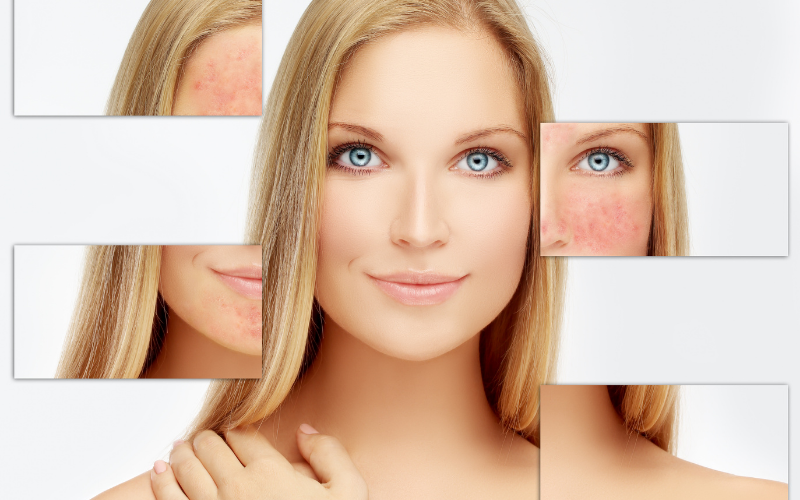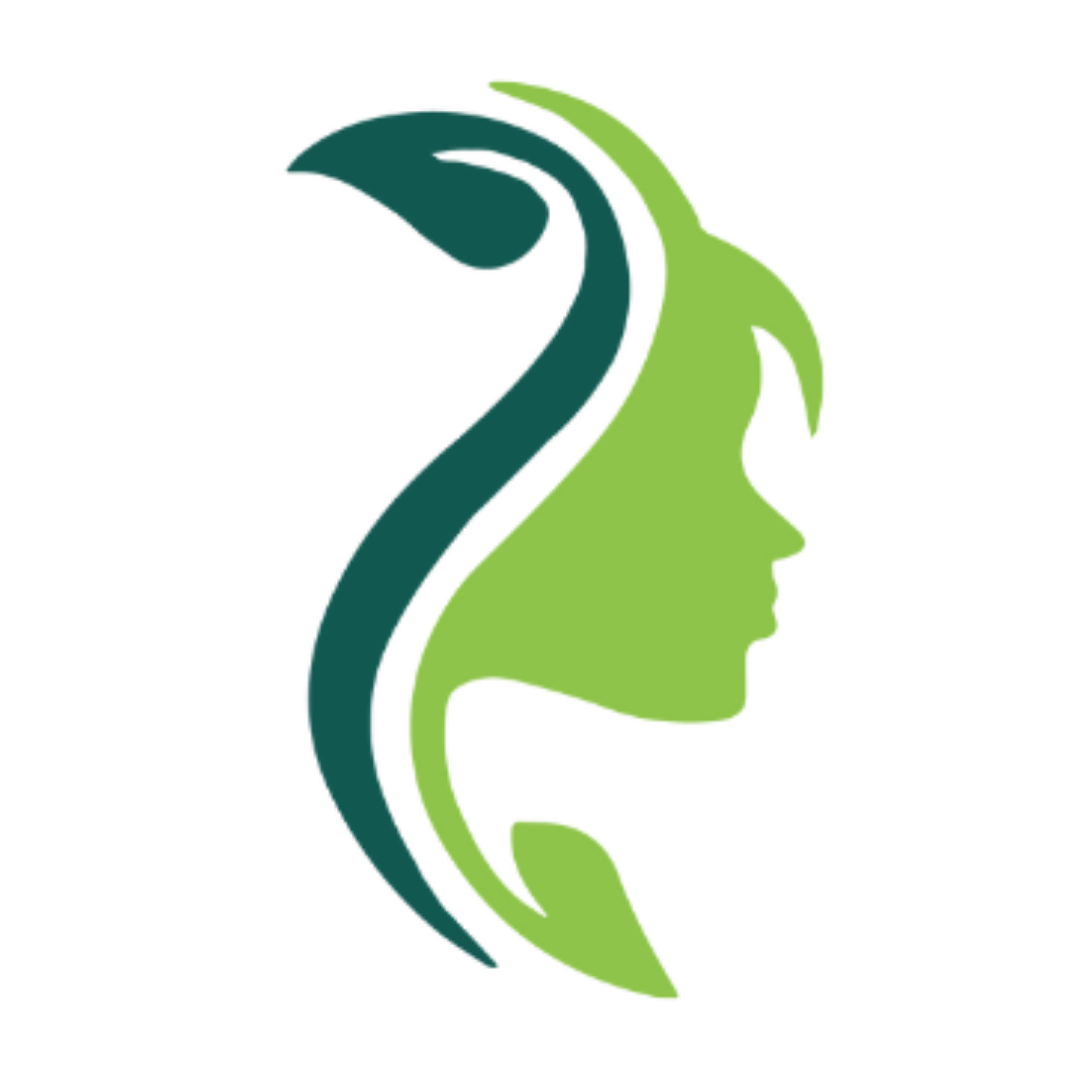
Rosacea
The disease affects the central region of the face, causing persistent or transitory redness in the areas of the forehead, cheeks, and nose, and can produce small acne-like pustules called bene rosacea.
Rosacea is a chronic and incurable inflammatory disease that predominantly affects adults and is characterized by alternating periods of improvement and worsening. It appears after the age of 30 and is more common in women than in men. Children can also have Rosacea, but cases are rare. Women are more affected, but it is in men that the disease is usually more serious.
Several resources have been studied and used to control rosacea. One of them is manual lymphatic drainage performed by a qualified professional that helps to remove toxins, improves circulatory and lymphatic flow, relieves erythema and edema.
The number of sessions varies from case to case, but it is essential in crises for symptom relief and also helps to prevent new episodes.
Intense Pulsed Light is indicated to treat symptoms. Although the disease does not go away, there are improvements in erythema, temperature, and the general appearance of the facial skin.
